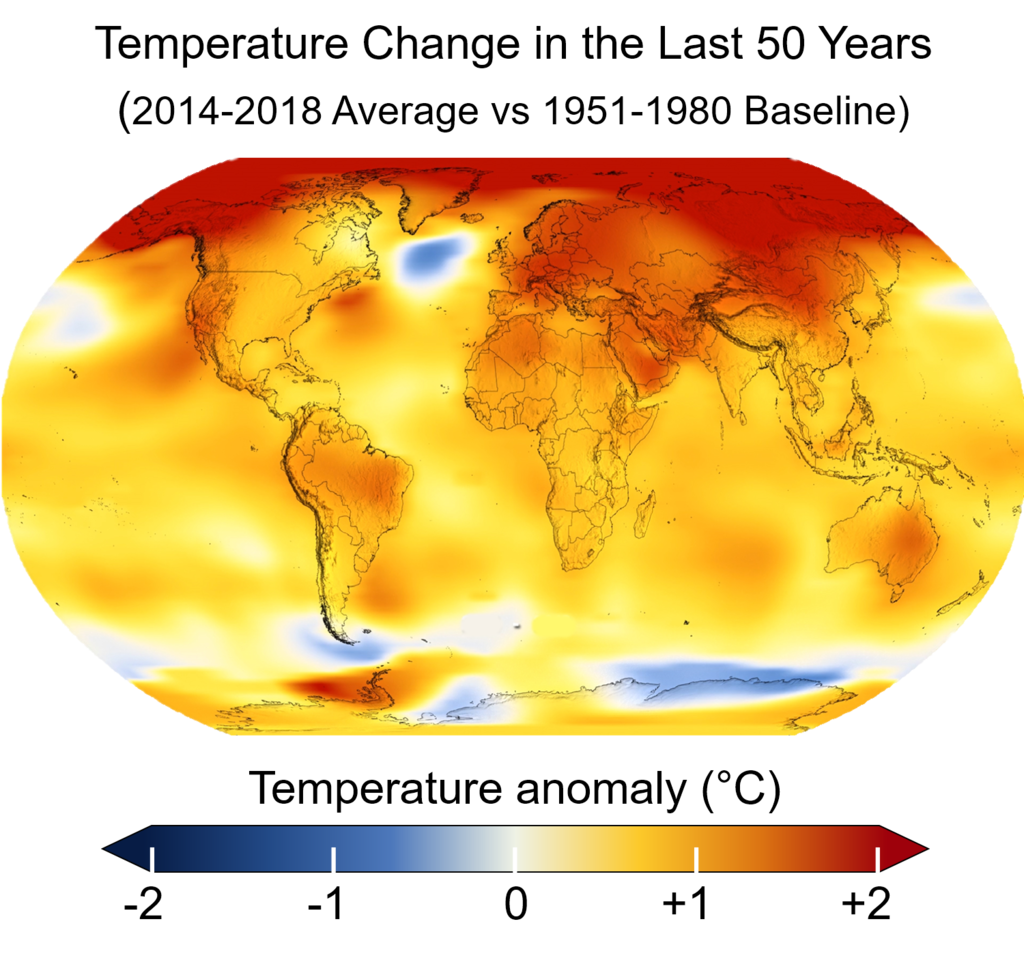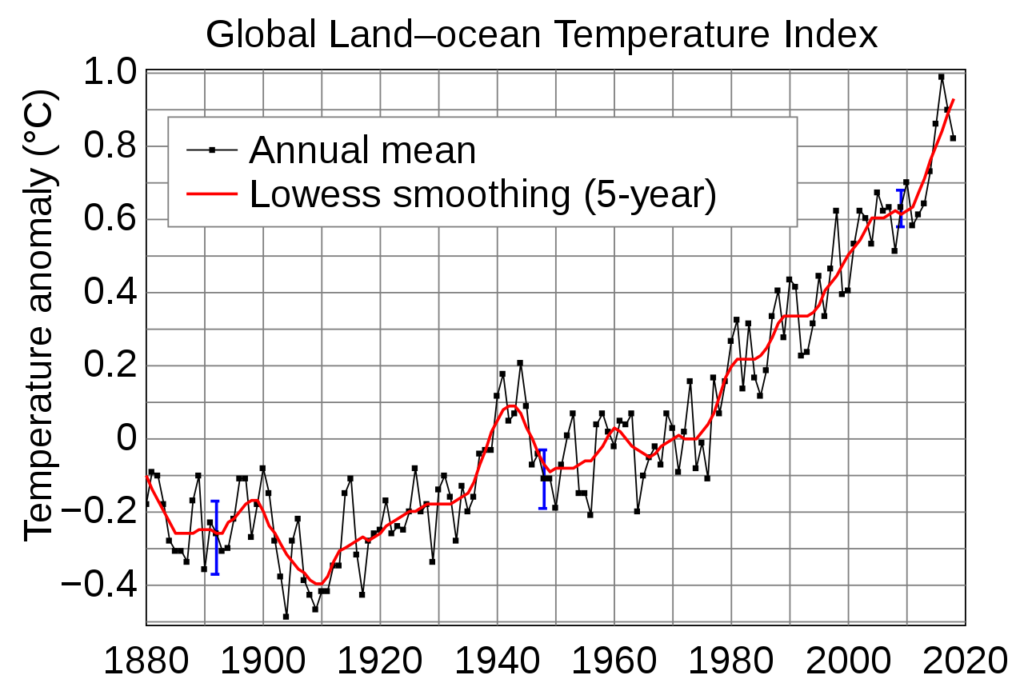Article kindly contributed for the community via Corey Cottrell on Bluesky: @coreycottrell.bsky.social . Views are Corey’s and don’t necessarily reflect the views of our independent Editors. Hope you enjoy and if you find it insightful please engage with Corey on Bluesky or share wider or pay it forward. Very best wishes, Gav Ward, Founder of Climate Change Blawg.
In recent months, AI doom-and-gloom articles have made their rounds, proclaiming that artificial intelligence (AI) will destroy us, consume unsustainable amounts of energy, or worse. But let’s flip the narrative. Instead of succumbing to fear, we must recognize the profound benefits of scaling AI systems to their full potential. Investing heavily in artificial superintelligence (ASI) development is not only inevitable but also the most prudent course of action to address humanity’s most pressing challenges, including climate change, resource scarcity, and even geopolitical tensions. Here’s why there’s virtually no limit to how much energy or resources we should dedicate to AI research and development—even if it means temporarily increasing fossil fuel usage.
AI as a Catalyst for Infinite Progress
Humanity’s current trajectory is riddled with inefficiencies and systemic problems that decades of innovation have failed to solve. Artificial intelligence—and eventually ASI—represents an unprecedented opportunity to break through these bottlenecks. ASI, by its very nature, is designed to optimize and innovate, and its applications across industries have the potential to revolutionize every aspect of our lives.
Energy Optimization at Scale
Critics argue that AI’s energy consumption is unsustainable. But what they fail to consider is AI’s unparalleled ability to optimize energy systems themselves:
- Fusion Energy Breakthroughs: Recent advancements in AI modeling for fusion reactors have accelerated progress in achieving net-positive energy. What once seemed like a distant dream is now rapidly becoming a reality, thanks to AI’s ability to model complex plasma physics and optimize reactor designs. When fusion energy is scaled, AI’s energy demands will become carbon-neutral, rendering the entire argument moot.
- Supply Chain Overhauls: Superintelligent AI can redesign global supply chains to use half the energy they currently require. By optimizing logistics, reducing waste, and streamlining production processes, AI will fundamentally lower energy consumption across industries.
Agricultural and Industrial Transformation
One of the largest contributors to climate change is agriculture, particularly cattle farming, and industrial processes like cement production. AI has the potential to revolutionize these sectors:
- Lab-Grown Meat: AI-driven advances in synthetic biology and large-scale production will make lab-grown meat cheaper, tastier, and more sustainable than traditional livestock farming. This shift could eliminate a significant portion of methane emissions.
- Carbon-Neutral Concrete: Advanced chemical modeling, powered by AI, is already uncovering methods to produce carbon-neutral and even carbon-negative materials. Just as AlphaFold solved millions of protein-folding problems in days, ASI will unlock breakthroughs in material science that humans could never achieve at scale.
Reforestation and Climate Mitigation
Autonomous robots, guided by AI, will soon be able to plant billions of trees annually. By 2026, scalable robotic systems could tackle deforestation at a pace orders of magnitude faster than human efforts. Combined with carbon capture technologies—also AI-optimized—these initiatives will directly mitigate climate change.
Why Speed Matters: Beating the Clock and Geopolitical Rivals
The race for ASI isn’t just about innovation—it’s also about geopolitical dominance. Nations like China are pouring resources into AI development, recognizing its transformative potential. The country that achieves ASI first will hold a decisive advantage, shaping the global economy, military capabilities, and technological standards for decades.
Slowing down AI development under the guise of energy concerns is not only short-sighted but dangerous. It risks ceding technological leadership to less democratic systems. Instead, the U.S. and allied nations should double down on their investments, ensuring that ASI emerges under frameworks aligned with global stability and ethical considerations.
Energy Use: The Case for “Burning the Midnight Oil”
Yes, even coal—the dirtiest of fuels—might be a justifiable short-term tradeoff for AI advancement. Here’s why:
- Short-Term Sacrifice for Long-Term Gains: The temporary increase in emissions from powering AI research will pale in comparison to the reductions ASI will enable. Whether it’s through solving energy storage, designing carbon-neutral materials, or optimizing renewable energy grids, the net effect will be overwhelmingly positive.
- Accelerating the Path to Carbon Neutrality: AI will unlock scalable fusion energy, ultra-efficient solar grids, and battery technologies that eliminate reliance on fossil fuels. Once these solutions are in place, the initial emissions debt will be repaid many times over.
- Exponential Solutions: ASI’s problem-solving speed far outpaces traditional human methods. For example, while humans took 30 years to solve a few hundred protein structures, AlphaFold solved millions in days. Scaling AI ensures we can apply similar exponential progress to climate mitigation, healthcare, and infrastructure.
What Happens When We Get ASI Right?
The benefits of achieving ASI far outweigh the risks of temporary energy overuse. Consider the following scenarios:
- Radical Climate Solutions: ASI could devise novel carbon capture methods, geoengineering solutions, and sustainable agricultural practices faster than any human-led effort.
- Global Resource Optimization: From water distribution to energy grids, ASI will ensure resources are allocated efficiently, reducing waste and addressing scarcity.
- Healthcare Revolution: Just as AlphaFold transformed protein science, ASI will revolutionize drug discovery, disease prevention, and personalized medicine, saving millions of lives.
- Economic Abundance: Automation of mundane tasks, resource optimization, and technological breakthroughs will create unprecedented prosperity, reducing inequality and improving quality of life globally.
The Plausible Path Forward
- Invest Aggressively in AI: Governments and private institutions must treat AI development as a priority on par with the Manhattan Project or the Apollo Program.
- Expand Clean Energy Funding: Pair AI scaling with massive investments in renewable energy, fusion, and grid optimization to mitigate the environmental impact.
- Foster Global Collaboration: Establish international norms and agreements to ensure ASI development remains ethical and aligned with humanity’s best interests.
- Prepare for Disruption: Policymakers must anticipate the societal shifts ASI will bring, from employment changes to geopolitical realignments, and act proactively to manage them.
Conclusion: The Case for Unbounded Ambition
The inevitability of ASI development is clear. The question isn’t whether we should scale AI, but how quickly and responsibly we can do it. The potential to solve humanity’s most intractable problems—from climate change to resource scarcity—is too great to ignore. Even if achieving ASI requires short-term tradeoffs, such as increased energy use, the long-term benefits will dwarf the costs.
Far from being a threat, AI is humanity’s greatest hope. Let’s not hold back.



